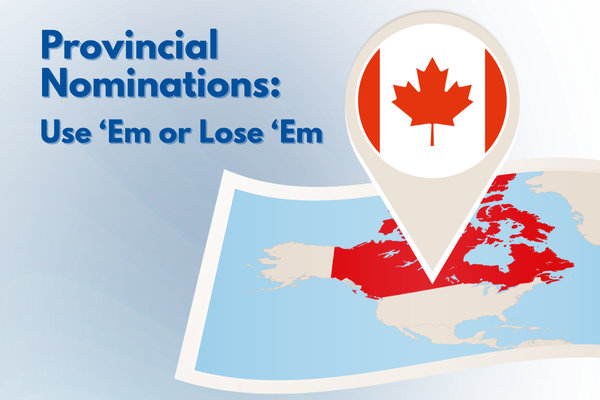When Canadian employers need to hire workers from other countries, they often navigate a process involving a Labour Market Impact Assessment (LMIA). This assessment is crucial for ensuring that the hiring of a foreign worker does not negatively impact the Canadian job market. Here, we’ll explore what LMIA-approved and LMIA-pending jobs are, and why they matter to both employers and international workers.
What is an LMIA?
An LMIA is a document required by Canadian employers who want to hire foreign workers. It proves that there is a genuine need for a foreign worker to fill a job and that no Canadian worker is available for the position.
What is an LMIA-Approved Job?
An LMIA-approved job is one where the Canadian government has given a positive or neutral assessment. This means the government agrees that:
- No suitable Canadian candidate was found to fill the role.
- Hiring a foreign worker will not negatively affect the Canadian workforce.
Benefits for workers: A positive LMIA is crucial for obtaining a Canadian work permit and can significantly enhance a foreign worker's prospects for permanent residence in the future.
Benefits for employers: It allows the legal employment of a foreign worker, helping to fill critical workforce gaps.
What is an LMIA-Pending Job?
An LMIA-pending job is a position for which an employer has applied for an LMIA but has not yet received approval. During this time, the job cannot be filled by a foreign worker, and the outcome of the application is still uncertain.
Process Overview:
- Job Advertising: Employers must demonstrate they have tried to hire Canadians first by advertising the job locally.
- LMIA Application: The employer submits a detailed application to Service Canada.
- Government Assessment: Officials review the application to decide if a foreign worker should be hired.
Implications of an LMIA-Pending Job:
- For workers: You cannot apply for a work visa based on a pending LMIA job offer. But, it may be worth applying for the job itself during this stage. Once the LMIA is approved it might be more likely that the employer has filled the position already.
- For employers: There is a waiting period where they cannot proceed with hiring the foreign worker until approval is given.
Why Does This Matter?
For foreign workers, understanding the status of your job offer (LMIA-approved versus LMIA-pending) is key to planning your immigration and employment strategy in Canada. An LMIA-approved job simplifies obtaining a work visa and paves the way for permanent residency.
For employers, navigating the LMIA process efficiently is essential for meeting labor shortages and planning business operations effectively.
Whether you are a prospective international worker aiming to live and work in Canada, or an employer looking to fill a vacancy, knowing the difference between LMIA-approved and LMIA-pending jobs is crucial. This knowledge helps in making informed decisions about employment and immigration, ensuring compliance with Canadian laws and smoothing the path to achieving your goals in Canada.
If you're an employer looking to navigate the LMIA process, or an international worker seeking opportunities in Canada, we're here to help. At Immigrate, we connect Canadian employers and international workers with top immigration experts to ensure a smooth, successful path to achieving your immigration goals.
Don't wait to start your journey. Visit immigrate.biz today to learn more about our services and how we can assist you in turning your Canadian dream into reality. Join us and give yourself the best chance of success in the Canadian job market!
Start Your Journey with Immigrate

